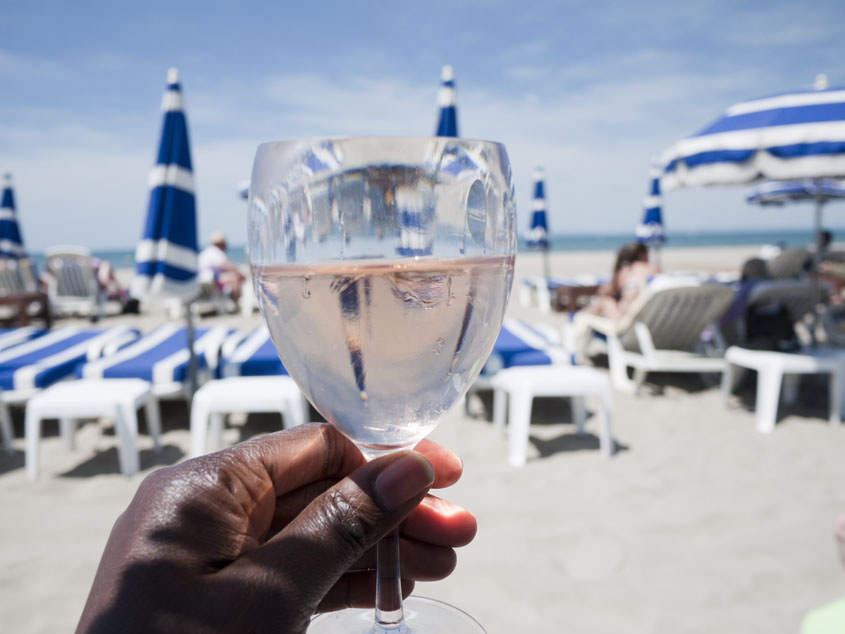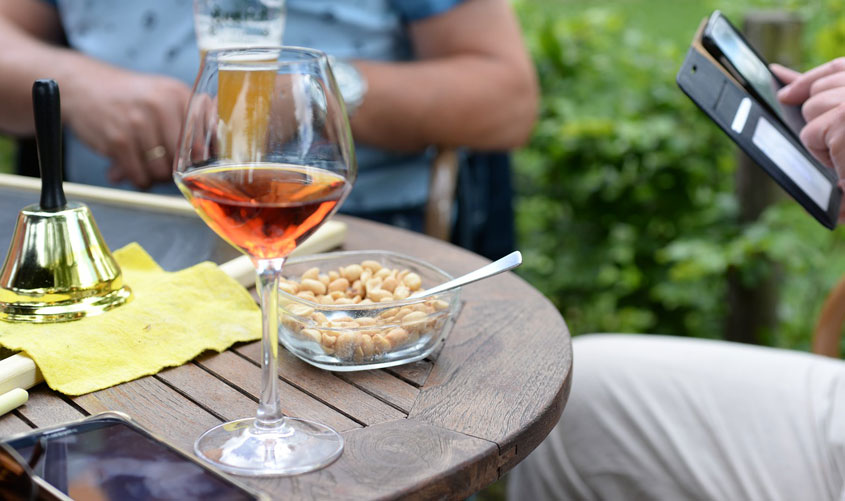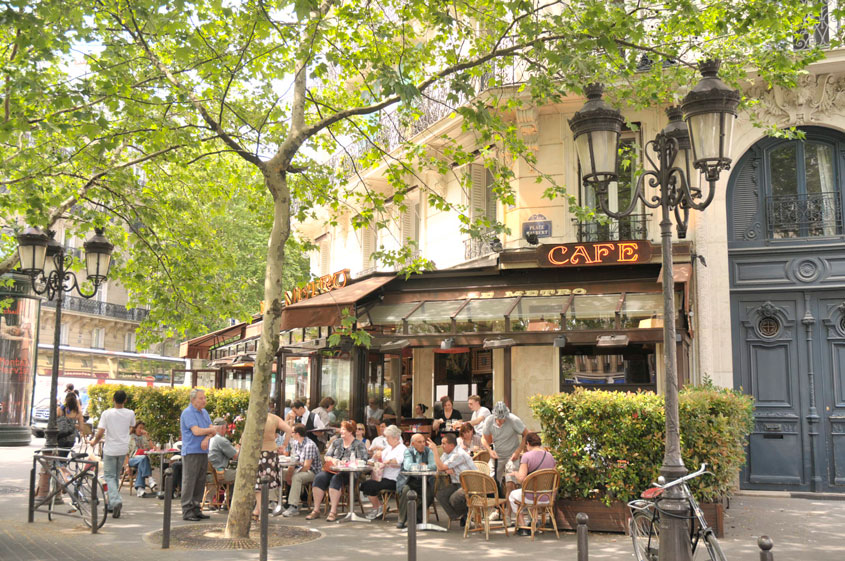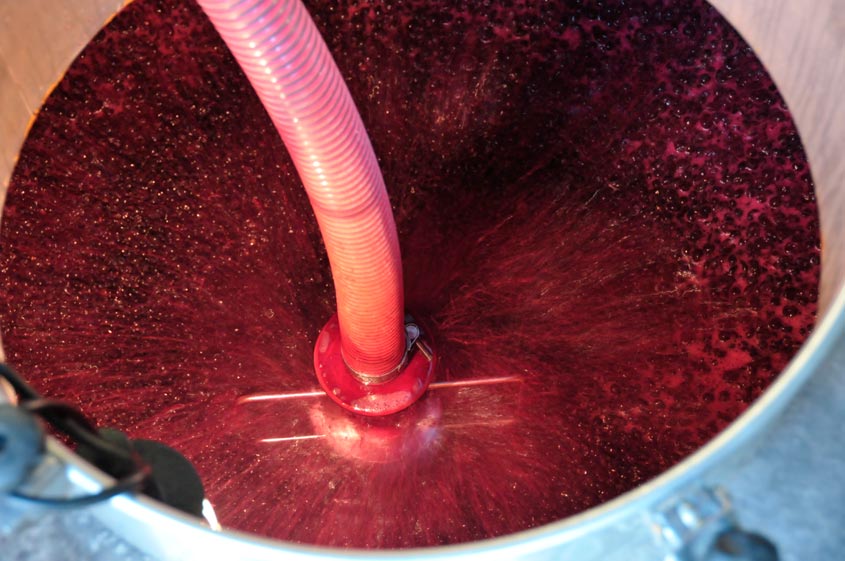
What you Need to Know about Rosé

The sunshine is still upon us in Paris. Time to linger on a terrace or along the Seine, watching the people (or boats) pass by while indulging in a glass or two of rosé wine. But what is this wine? Diluted red wine? A mix of reds and whites? Is it a trend, or can this be real wine?
Let’s start by first discussing how rosé is made so we can dispel any myths you may have heard. Here is a little introduction to rosé wine.
Rosé Wine Production Methods:
Direct Pressing
Grapes are pressed immediately after being picked, no time is given for the red skins to color the juice. This gives us a vin gris or gris de gris which is very pale in color.
Maceration
Saignée or bleeding of the vats
We start with option 2, maceration, and macerate the crushed black skinned grapes with the juice in the fermentation tank. At the desired point, a certain amount of juice is allowed to be bled out of the vat is made into rosé wine. The remaining skins and wine are used to make red wine, thus concentrated the end result as we’ve already drawn off some of the juice. This method is often used in Bordeaux rosés and was a way of beefing up the red wines.
Blending

You get what you pay for

But remember that rosé is always a fun and convivial wine, meant for summertime beach parties, picnics, and barbecues. It tastes best outdoors with simple yet flavorful food. There are very few rosés that have blown me away with their complexity, but I do often indulge in a case or two for summer entertaining. I usually opt for the pleasant fruity and floral wines from Domaine Saint André Figuière in the Côtes de Provence area. Their vines are farmed and, to me, offer the exact flavor that I’d like to find in a summer rosé: crunchy red berry fruit, assertive and refreshing acidity and clean mineral finish. Of course, the pink color always helps!
PIN THIS POST


